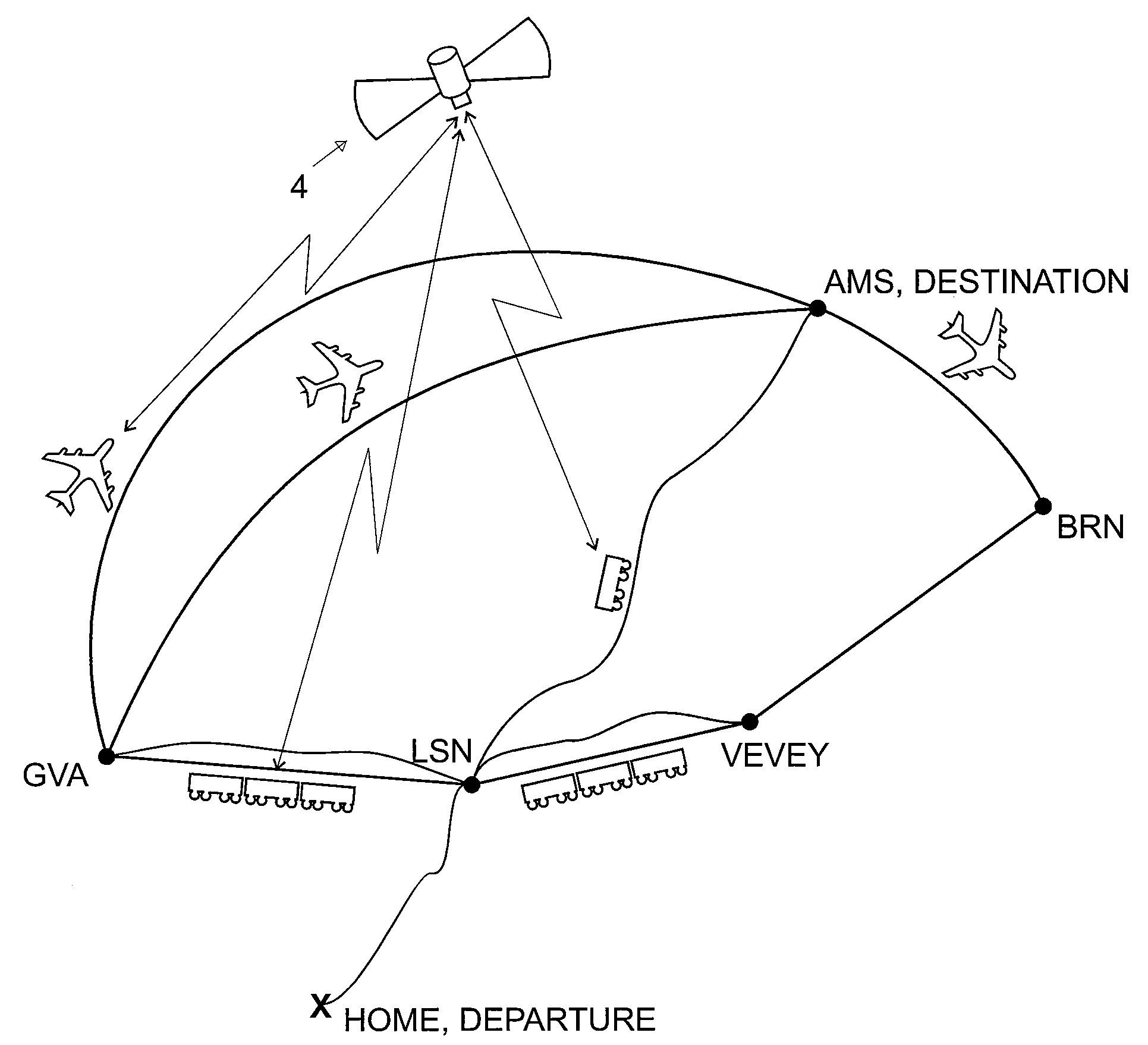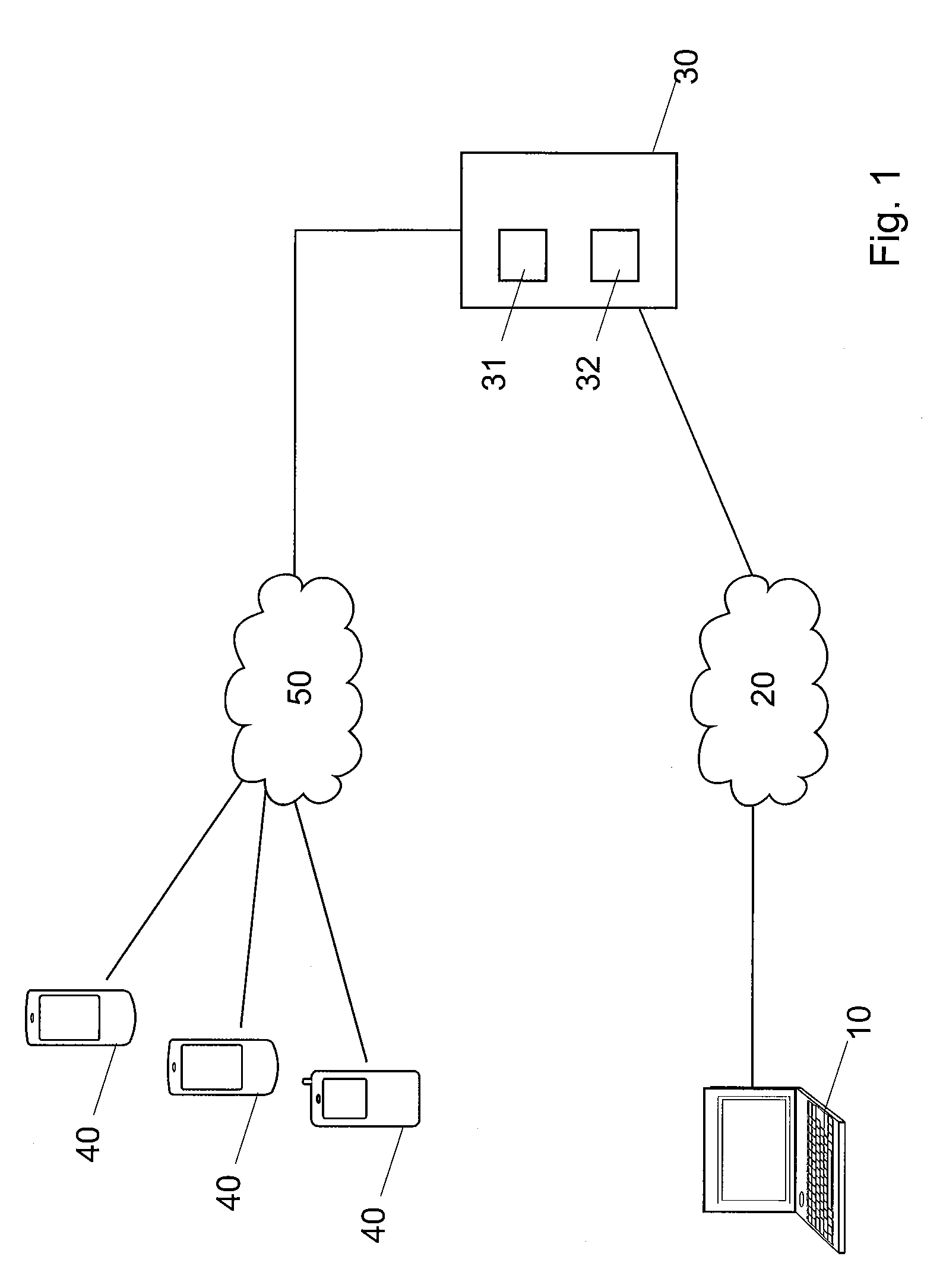Optimized route planning and personalized real-time location-based travel management
a route planning and location-based technology, applied in the field of route planning in travel and transportation (logistics), can solve the problems of difficult to obtain route information, significant transportation overhead, and high incompleteness, and achieve the effect of reducing the number of candidate routes, reducing complexity and time necessary
- Summary
- Abstract
- Description
- Claims
- Application Information
AI Technical Summary
Benefits of technology
Problems solved by technology
Method used
Image
Examples
Embodiment Construction
[0037]The present invention generally relates to multimodal transportation, i.e., transportation over a network using different transportation modes, such as plane, train, car, bus, metro, taxi, car sharing, foot, etc proposed by various transportation providers such as airline companies, train operating companies, etc. Each company and each provider may have its own schedules, timetables, and travel conditions etc. which make planning of a travel through this network a difficult task.
[0038]FIG. 2 illustrates a schematic map of a geographic region covered by different networks for different travels using different mode of transportation. In this application, a route segment is a branch between two nodes (or points) of a network that can be travelled by a user, using one specific transportation mode. A route is a set of one or several mutually connected route segments by which one user can travel from one one departure point to one destination point. A multimodal route is a route mad...
PUM
 Login to View More
Login to View More Abstract
Description
Claims
Application Information
 Login to View More
Login to View More - R&D
- Intellectual Property
- Life Sciences
- Materials
- Tech Scout
- Unparalleled Data Quality
- Higher Quality Content
- 60% Fewer Hallucinations
Browse by: Latest US Patents, China's latest patents, Technical Efficacy Thesaurus, Application Domain, Technology Topic, Popular Technical Reports.
© 2025 PatSnap. All rights reserved.Legal|Privacy policy|Modern Slavery Act Transparency Statement|Sitemap|About US| Contact US: help@patsnap.com



